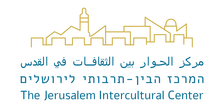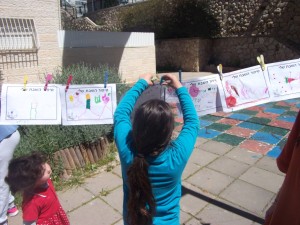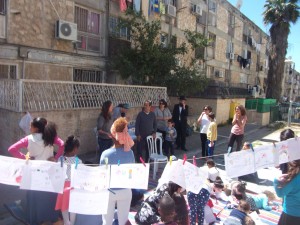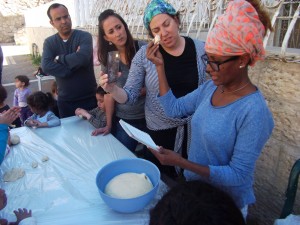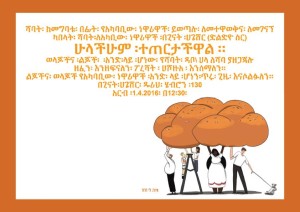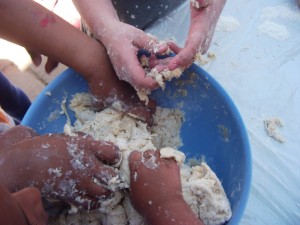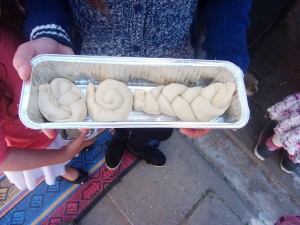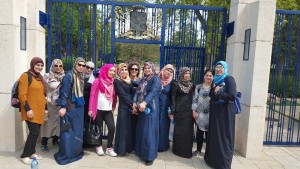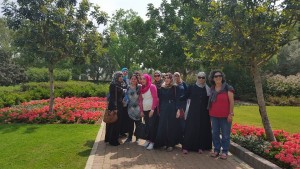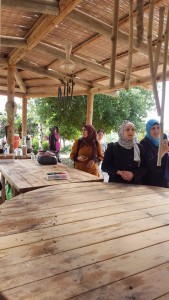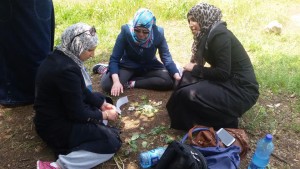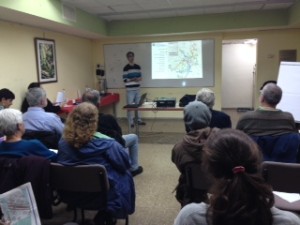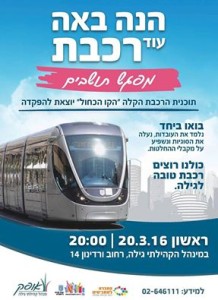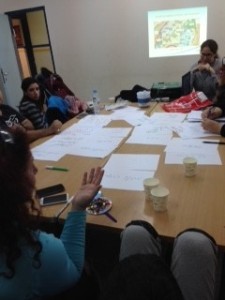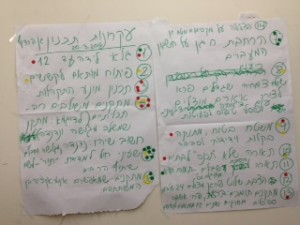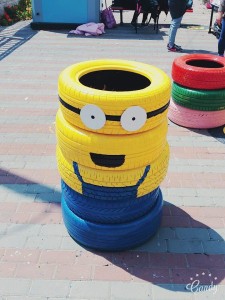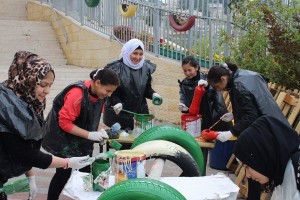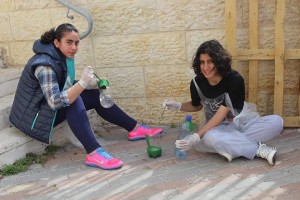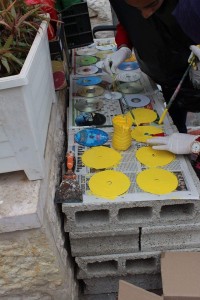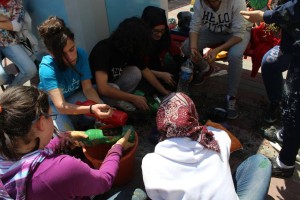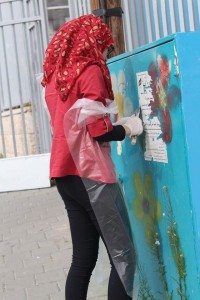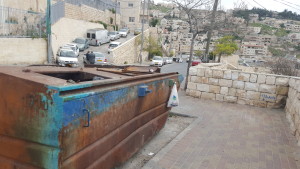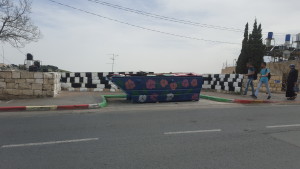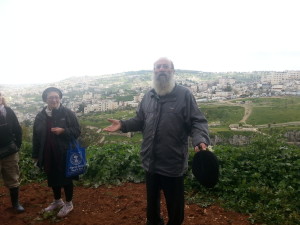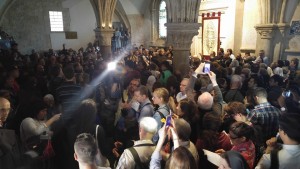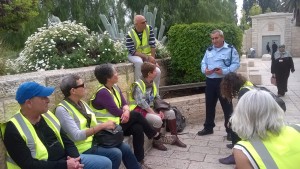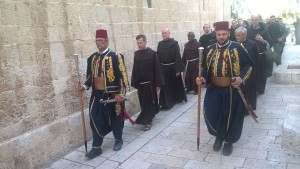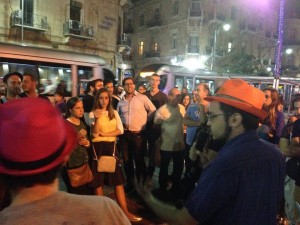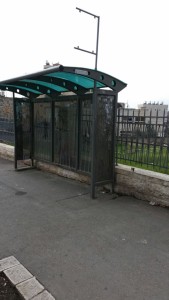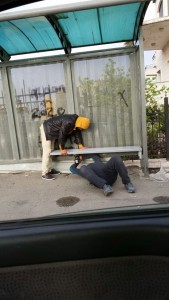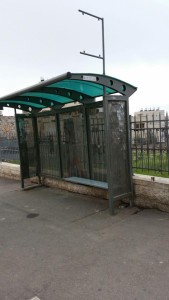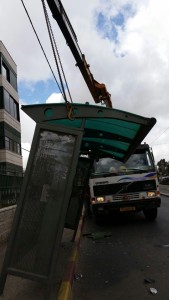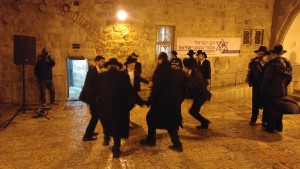New Neighborhood Tolerance Team in Talpiot!
How do you celebrate Shabbat? Tell us your Shabbat story…
This is what the newly-formed Talpiot Tolerance Team did in their opening event, which took place on Friday afternoon, April 1.
Shabbat means different things to different people. For a short time on that Friday afternoon, Ultra-Orthodox (Chabad), Ethiopian, secular and traditional Jews all experienced together their own Kabbalat Shabbat, enjoying the traditions as well as their own interpretations.
Advertisements to this event were prepared in Amharic as well as Hebrew, and there was a true Jerusalem mix of people at the event.
The Talpiot Tolerance team is one of a growing network of Neighborhood Tolerance Teams that are being formed throughout Jerusalem. Each team is acting independently, and advancing tolerance in ways that the team members feel are most appropriate for them. There are currently teams in French Hill, Abu Tor / Al-Thuri, Katamonim, Katamon-German Colony, Baka’a, Rehavia, Nahlaot, and more are being formed each week.
Many thanks to the UJA-Federation of New York and the Jerusalem Foundation for their support in promoting tolerance in Jerusalem.
Here are some more pictures from the Facebook post on the event from the Hebrew-language Jerusalem Tolerance Facebook group:
